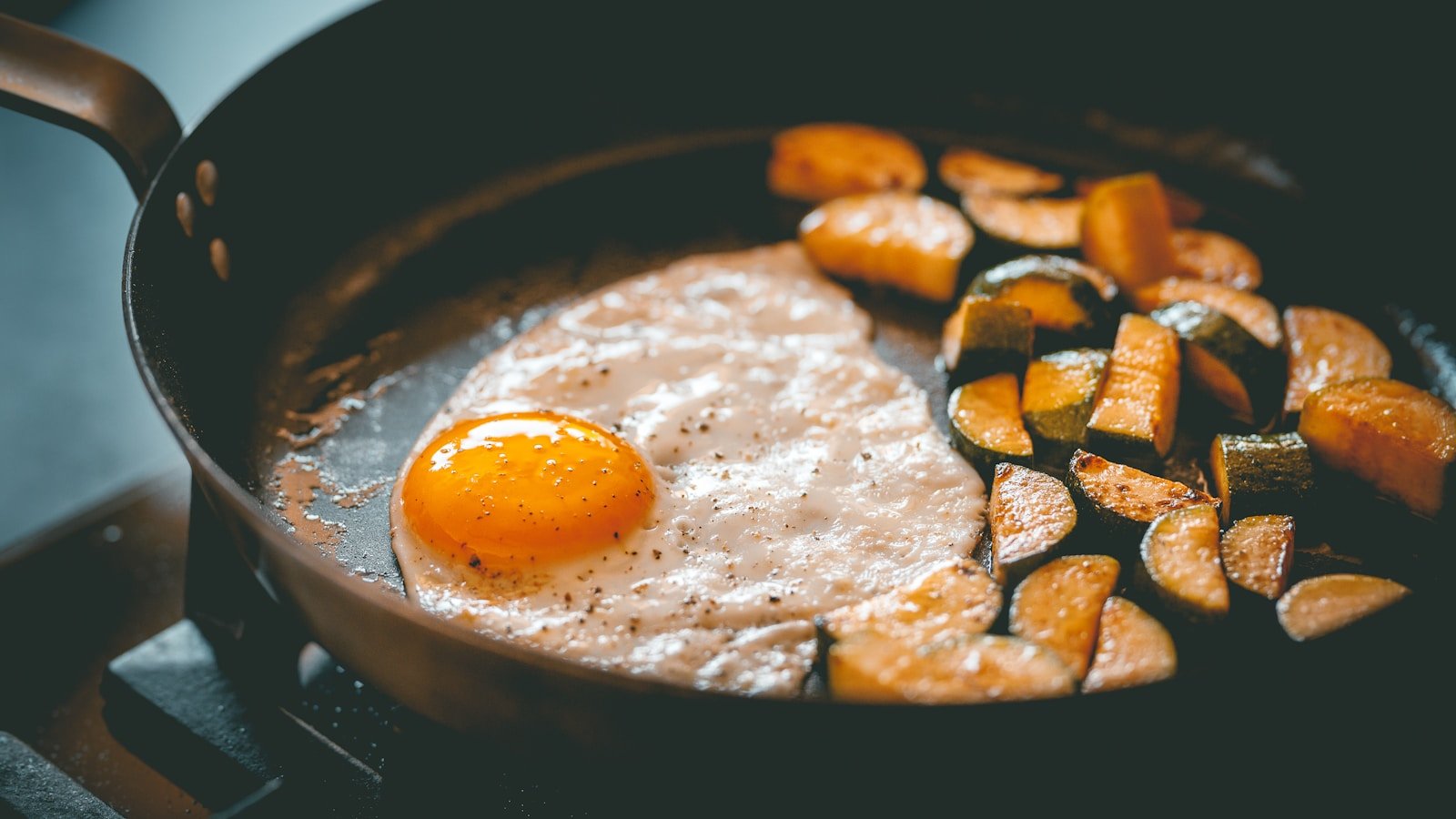The Ultimate Guide to Finding the Best Non-Stick Pan Without Teflon
Introduction to Non-Stick Pan
There’s nothing like a good non-stick pan to make your kitchen life easier. I remember when I first started cooking seriously—let’s just say my omelets stuck to the pan more often than not. It wasn’t until I discovered non-stick pans that I started feeling like a real pro in the kitchen. No more scraping off burnt eggs, no more soaking pans overnight just to get them clean.
But as much as I loved my non-stick pans, I started hearing all these stories about Teflon. Friends would bring up health concerns, and I began reading articles about the chemicals used in these pans. It made me rethink what I was using in my kitchen—especially because cooking should be both healthy and enjoyable. So, I started looking into alternatives.
This guide is for anyone who loves the convenience of non-stick but wants to steer clear of Teflon (and the potential worries that come with it). Whether you’re flipping pancakes for breakfast, sautéing veggies for dinner, or just avoiding a messy cleanup, I’ll help you find the best non-stick pan that doesn’t compromise on performance or peace of mind. Trust me—after trying out different options myself, there are fantastic non-stick pans that give you everything you need without the Teflon.
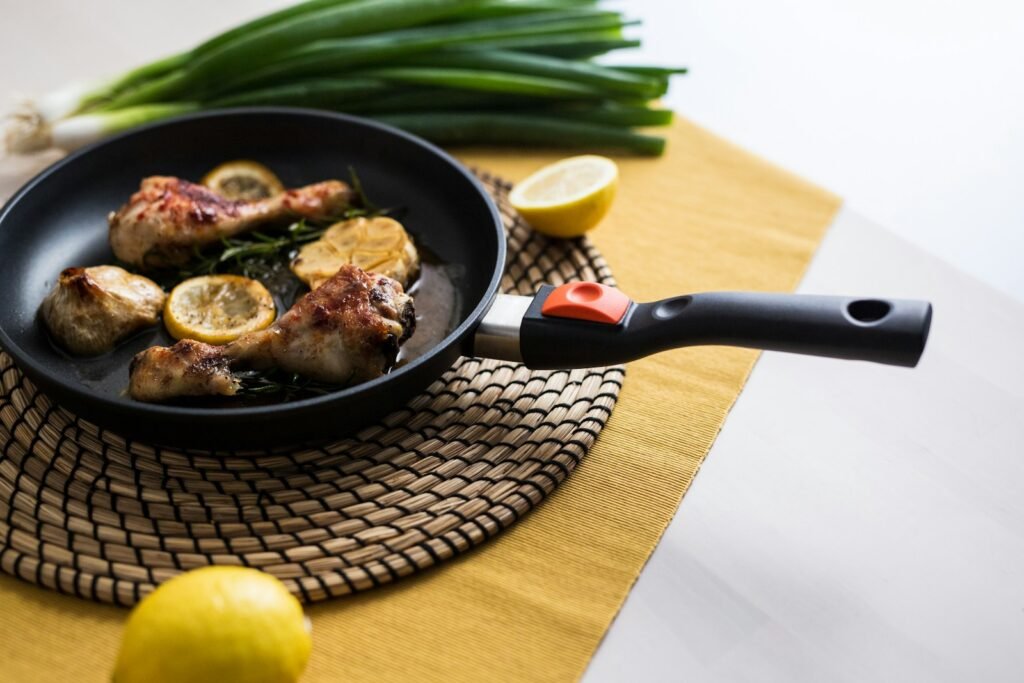
As I started learning more about the potential risks of Teflon, it became clear that I wasn’t alone in looking for a better option. People everywhere are waking up to these concerns and are on the hunt for non-stick pans that don’t use Teflon. It’s like we’re all searching for that perfect middle ground—something that makes cooking easier, but without the health risks or environmental worries hanging over our heads.
The good news is that cookware has come a long way. These days, there are plenty of fantastic alternatives out there—like ceramic and hard-anodized aluminum—that still give you that smooth, non-stick surface without the baggage that comes with Teflon. Whether you’re frying eggs or searing meats, these newer options work just as well without the potential hazards.
And it’s not just about health. A lot of people, myself included, want to feel good about what they’re using in their kitchen. Finding a pan that’s both safe and sustainable is a huge win. So, if you’re like me and want the ease of non-stick cooking without any second thoughts about chemicals or environmental impact, you’re in the right place.
In the next part, I’ll break down the different types of non-Teflon pans, their features, and how you can pick the best one for your kitchen. Let’s dive in!
Why Avoid Teflon?
So, why avoid Teflon? Well, it’s not just about the convenience of non-stick cooking. Teflon, which is basically the brand name for polytetrafluoroethylene (PTFE), has been around for decades and is great at making sure your food doesn’t stick to the pan. But the more I looked into it, the more I realized that there are some serious downsides, especially when you crank up the heat in the kitchen.
Here’s the thing: when Teflon-coated pans get really hot—like over 500°F (260°C)—they can start to break down and release toxic fumes. In a poorly ventilated space, this could cause what’s known as “Teflon flu” (yeah, that’s a real thing). It’s like getting flu-like symptoms just from cooking! Definitely not what you want when you’re just trying to make dinner.
And then there’s PFOA, a chemical that was used in making Teflon for years. It’s been linked to some pretty scary health issues, like problems with the liver, thyroid, and immune system. While PFOA has been phased out since 2015, it’s still something to think about because its legacy lingers, and there are concerns about what’s being used as a replacement.

But it’s not just the health risks that are concerning—there’s also the environmental side of things. These Teflon-related chemicals don’t break down easily in nature. They’re often called “forever chemicals” because, once they’re released into the environment, they can stick around for years, even decades. This means they build up in wildlife and ecosystems, potentially affecting everything from animals to our water supply. It’s a bit like kicking a can down the road—except the can never really goes away.
Given all of these health and environmental concerns, it’s no surprise that more people, including myself, are on the lookout for alternatives. There are plenty of great non-stick options now that don’t come with the same baggage as Teflon, which means you can cook with peace of mind.
Exploring Alternatives: Finding the Best Non-Stick Coating for You
When I first started looking into alternatives to Teflon, it felt like diving into a sea of options—each with its own pros and cons. I wanted something that worked well, was safe to use, and didn’t make me feel like I was signing up for a chemistry experiment every time I cooked. I mean, cooking is supposed to be fun, right? Not a science class in toxic fumes!
So, after a lot of research and testing (yep, I’m that person who buys three different pans just to see which one I like the best), here’s what I learned about the most popular non-stick options out there: ceramic, anodized aluminum, and enamel-coated cast iron. Each has its own vibe, so it really depends on what kind of cook you are and what you’re looking for in a pan.
Ceramic Coating: The Non-Toxic, Eco-Friendly Option
Ceramic pans were some of the first alternatives I tried. What really drew me in was the whole “non-toxic and eco-friendly” angle. Made from natural materials, these pans don’t release any nasty chemicals, even if you accidentally leave them on the heat for a bit too long (which, let’s be honest, happens to the best of us). Plus, they look pretty sleek with that smooth, glossy finish.
But here’s the catch: while they’re fantastic when they’re new, I found that after a few months of regular use, the non-stick properties started to fade. If you’re someone who loves to cook at high heat, this might not be your forever pan. And you’ll definitely want to avoid using metal utensils or scrubbing too hard when cleaning—ceramic likes a gentler touch.
That said, if you’re looking for a chemical-free, short-term solution, ceramic is a solid choice. Just don’t expect it to last as long as some other options.
Anodized Aluminum: Durable and Low Maintenance
Next up, anodized aluminum. Now, this pan is like the workhorse of the kitchen. The anodization process makes the aluminum super tough, so you’re not going to scratch it up as easily as some of the other options out there. It’s also surprisingly lightweight, which I appreciated, especially when juggling multiple pots and pans at once.
What I loved most about anodized aluminum is how durable it is. Unlike ceramic, this pan can take a bit of a beating. The non-stick surface holds up well over time, and as long as you don’t mind giving it a good hand wash, it should stick around for years. The downside? While it’s non-stick, it’s not as non-stick as something like ceramic, so you might find yourself using a bit more oil than you’re used to. But overall, it’s a great, long-lasting option if you’re looking for something a little more resilient.
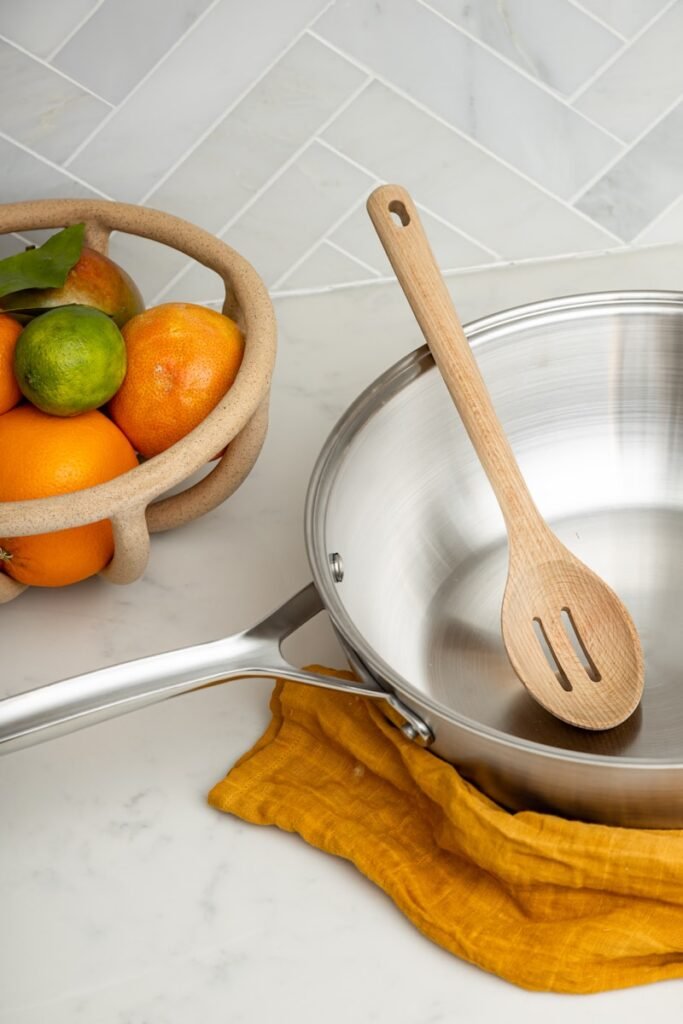
Exploring Alternatives: Finding the Best Non-Stick Coating for You
When I first started looking into alternatives to Teflon, it felt like diving into a sea of options—each with its own pros and cons. I wanted something that worked well, was safe to use, and didn’t make me feel like I was signing up for a chemistry experiment every time I cooked. I mean, cooking is supposed to be fun, right? Not a science class in toxic fumes!
So, after a lot of research and testing (yep, I’m that person who buys three different pans just to see which one I like the best), here’s what I learned about the most popular non-stick options out there: ceramic, anodized aluminum, and enamel-coated cast iron. Each has its own vibe, so it really depends on what kind of cook you are and what you’re looking for in a pan.
Ceramic Coating: The Non-Toxic, Eco-Friendly Option
Ceramic pans were some of the first alternatives I tried. What really drew me in was the whole “non-toxic and eco-friendly” angle. Made from natural materials, these pans don’t release any nasty chemicals, even if you accidentally leave them on the heat for a bit too long (which, let’s be honest, happens to the best of us). Plus, they look pretty sleek with that smooth, glossy finish.
But here’s the catch: while they’re fantastic when they’re new, I found that after a few months of regular use, the non-stick properties started to fade. If you’re someone who loves to cook at high heat, this might not be your forever pan. And you’ll definitely want to avoid using metal utensils or scrubbing too hard when cleaning—ceramic likes a gentler touch.
That said, if you’re looking for a chemical-free, short-term solution, ceramic is a solid choice. Just don’t expect it to last as long as some other options.
Anodized Aluminum: Durable and Low Maintenance
Next up, anodized aluminum. Now, this pan is like the workhorse of the kitchen. The anodization process makes the aluminum super tough, so you’re not going to scratch it up as easily as some of the other options out there. It’s also surprisingly lightweight, which I appreciated, especially when juggling multiple pots and pans at once.
What I loved most about anodized aluminum is how durable it is. Unlike ceramic, this pan can take a bit of a beating. The non-stick surface holds up well over time, and as long as you don’t mind giving it a good hand wash, it should stick around for years. The downside? While it’s non-stick, it’s not as non-stick as something like ceramic, so you might find yourself using a bit more oil than you’re used to. But overall, it’s a great, long-lasting option if you’re looking for something a little more resilient.
Cast Iron with an Enamel Coating: The Heavy-Duty Option
Now, let’s talk about cast iron with an enamel coating. This pan is the kitchen equivalent of a classic, heavy-duty pickup truck. It’s not the lightest or sleekest option out there, but man, does it get the job done. Enamel-coated cast iron pans combine the heat retention of traditional cast iron (so good for searing!) with a super easy-to-clean, non-stick surface. And the best part? No seasoning required.
Here’s the thing, though—these pans are heavy. Like, really heavy. If you’re not used to cooking with cast iron, it might take some getting used to. And while the enamel is durable, it’s not indestructible. If you drop it or bang it around too much, you could chip the coating. But if you treat it right, this pan will last you forever. Seriously, it’s an investment worth considering, especially if you like cooking things low and slow.

So, What’s the Best Non-Stick Pan for You?
At the end of the day, it really depends on what you need in the kitchen. Ceramic is great for those looking for a chemical-free option and don’t mind replacing their pans every few years. Anodized aluminum is the sweet spot between durability and ease of use. And if you want something that will outlive you (and you don’t mind the workout), enamel-coated cast iron is a solid choice.
My Checklist for Finding the Perfect Non-Stick Pan
After testing these pans, I came up with a little checklist to help narrow down the options. Here’s what I look for when buying a new non-stick pan:
- Material: Go for ceramic, anodized aluminum, or enamel-coated cast iron. Make sure it’s free from harmful chemicals like PTFE and PFOA.
- Heat distribution: A pan that distributes heat evenly means no random burnt spots on your food. Thicker pans tend to perform better here.
- Handle comfort: You’re going to be holding this thing a lot, so make sure the handle feels good in your hand and stays cool while you cook.
- Oven safety: Want to pop that pan straight into the oven? Make sure it’s oven-safe and check the temperature limit.
- Weight: Find a balance between something heavy enough to cook evenly but light enough that you’re not struggling to lift it.
- Ease of cleaning: Non-stick pans should be easy to clean, but some materials need more TLC than others. Consider how much effort you want to put into maintaining it.
- Price: You often get what you pay for, but that doesn’t mean you have to splurge. Find a pan that fits your budget and your cooking style.
With all that in mind, you’re ready to find your perfect non-stick pan—no Teflon required!
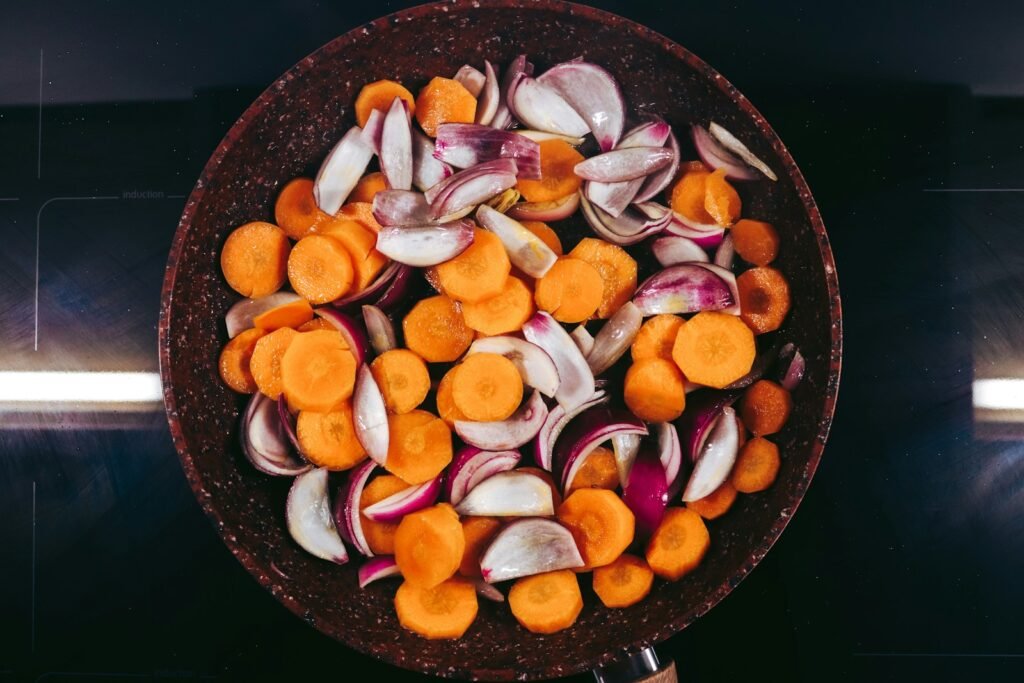
Best Non-Stick Pans Without Teflon: A Healthy Cooking Choice
As we all strive for healthier cooking options, non-stick pans without Teflon (Polytetrafluoroethylene, PTFE) have gained immense popularity. These alternatives not only offer excellent performance but also prioritize safety in your kitchen. Here’s a carefully curated list of some of the best-rated non-stick pans that are completely free of Teflon. We’ll take a closer look at their specifications, user reviews, price ranges, and unique features.
1. GreenPan Lima Ceramic Non-Stick Fry Pan
The GreenPan Lima collection stands out for its Thermolon ceramic non-stick coating, which is free from PTFE, PFOA, lead, and cadmium. Users consistently praise its remarkable heat distribution and durability. The pan is available in various sizes, typically priced between $30 and $50, making it accessible for many cooks. You can find it on Amazon and other major retailers, making it a go-to choice for anyone seeking eco-friendly cookware without sacrificing performance.
I highly recommend this set, which includes two sizes.
I recommend this set with two size. You find it here on Amazon
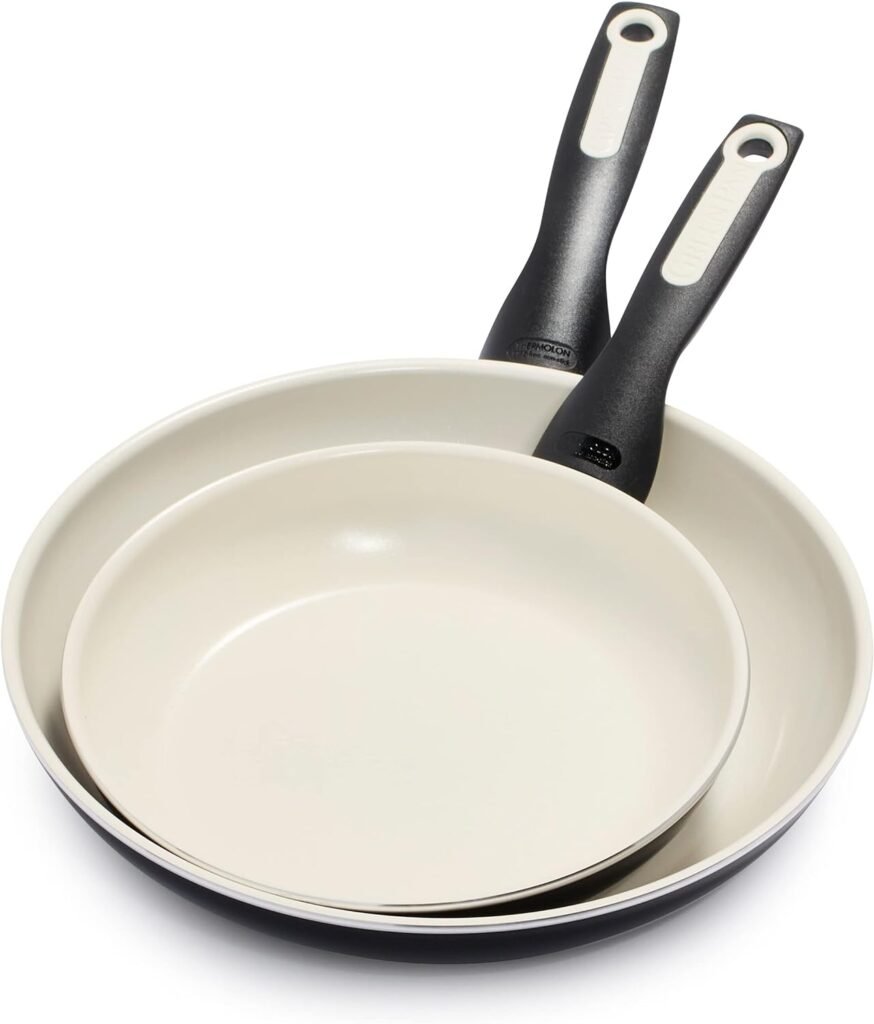
2. Ozeri Stone Earth Frying Pan
The Ozeri Stone Earth Frying Pan features a stone-derived coating that is free of harmful chemicals like PFOS and APEO. Priced around $25 to $35, this pan is praised for its scratch resistance and non-stick capabilities. Users commend its durability and easy cleaning, making it a reliable addition to any kitchen. Accessibility extends to numerous online platforms, including Ozeri’s official website and Amazon.
I like this Ozeri Stone Earth Pan and it’s a very competitive price. You find it here on Amazon

3. Caraway Ceramic-coated Fry Pan
Caraway is lauded for its focus on healthy and sustainable cookware. The Caraway Ceramic-coated Fry Pan offers excellent non-stick performance without PTFE and other toxins. Retailing between $95 and $125, it is a premium option with outstanding heat retention and even cooking. Reviews highlight its stylish design and effective functionality, and it can be purchased directly from the Caraway website and select premium stores.
I love the design of Caraway. It’s more expensive but can be a good investment if you are in the kitchen a lot. You find it here on Amazon
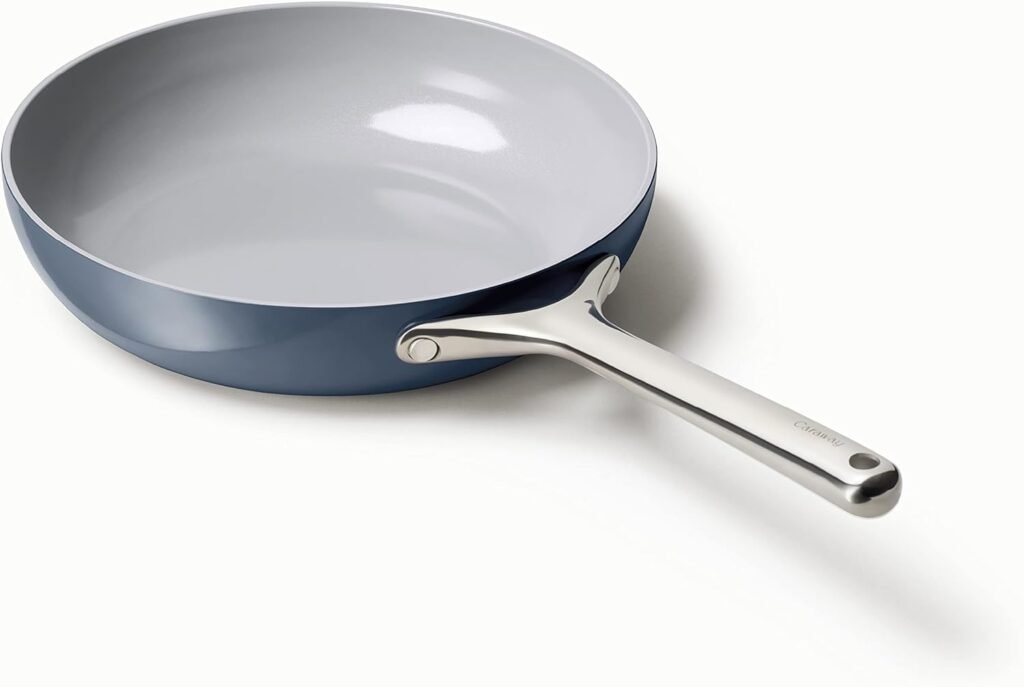
How to Properly Care for Non-Teflon Non-Stick Pans
So, you’ve invested in a non-stick pan without Teflon—awesome choice! But now comes the part no one loves as much: taking care of it. Don’t worry though, with a few simple habits, you’ll keep your pan in great shape for a long time (and save yourself from needing to buy a new one too soon).
First, let’s talk cleaning. You might be tempted to throw your pan in the dishwasher, but hand washing is your pan’s best friend. A little warm soapy water and a soft sponge will do the trick—no need for aggressive scrubbing! Think of it like skincare for your pan—gentle is better. If you’ve got stuck-on food, just soak it for a few minutes, and it’ll come right off without damaging the coating.
Next up, utensils. Those metal spatulas might look sturdy, but they’re enemies of non-stick surfaces. Stick with silicone, wooden, or plastic utensils. They’re softer on the coating and help keep that smooth, non-stick surface intact.
When it comes to storage, stacking pans can lead to scratches. If you have to stack them, place a soft cloth or paper towel in between. Better yet, hang them up if you have the space—it’s stylish and practical.

Lastly, avoid cranking up the heat too much. Non-stick pans (especially non-Teflon ones) are happiest on medium heat. High heat can damage the surface, even on the most durable of coatings. Think of it like your favorite sweater—don’t expose it to extremes, and it’ll last longer.
By giving your non-stick pans a little TLC, you’ll extend their lifespan and keep them performing at their best for all your cooking adventures!
Common Myths About Non-Teflon Non-Stick Cookware
Let’s bust a few myths while we’re at it. One of the biggest misconceptions is that non-stick pans without Teflon don’t work as well. But trust me, ceramic and other alternatives have come a long way. With proper care, they’re just as slick as Teflon-coated pans, and you can cook everything from eggs to pancakes without a hitch.
Another myth? That all non-stick pans release harmful chemicals at high heat. Not true! Ceramic and stone coatings, for example, are naturally free from toxic chemicals like PTFE and PFOA. So, you can sizzle away knowing you’re not breathing in anything nasty.
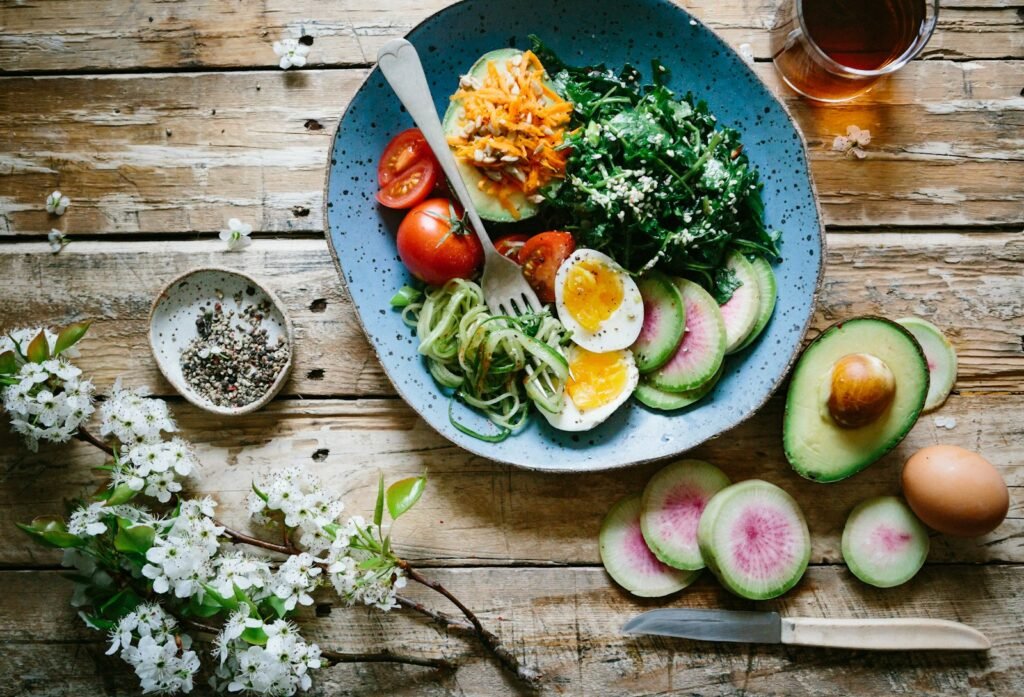
Some people think these non-Teflon pans don’t last as long, but that’s outdated thinking. Many modern alternatives are tough, and with the right care, they can actually outlast some Teflon-coated ones. Brands that use hard-anodized aluminum or reinforced ceramic have created durable options that stand up to regular use.
And lastly, non-Teflon pans aren’t always crazy expensive. Sure, high-quality cookware can cost more upfront, but there are plenty of budget-friendly options that perform well and last. Don’t let price scare you off—there’s something for every kitchen and budget.
Conclusion and Final Recommendations
In the end, making the switch to a non-stick pan without Teflon is a smart move for both your health and the planet. You’ve got great alternatives like ceramic, cast iron, and anodized aluminum, each with its own strengths. Ceramic is lightweight and eco-friendly, cast iron is built to last forever (with a little seasoning love), and anodized aluminum strikes a great balance between durability and ease of use.
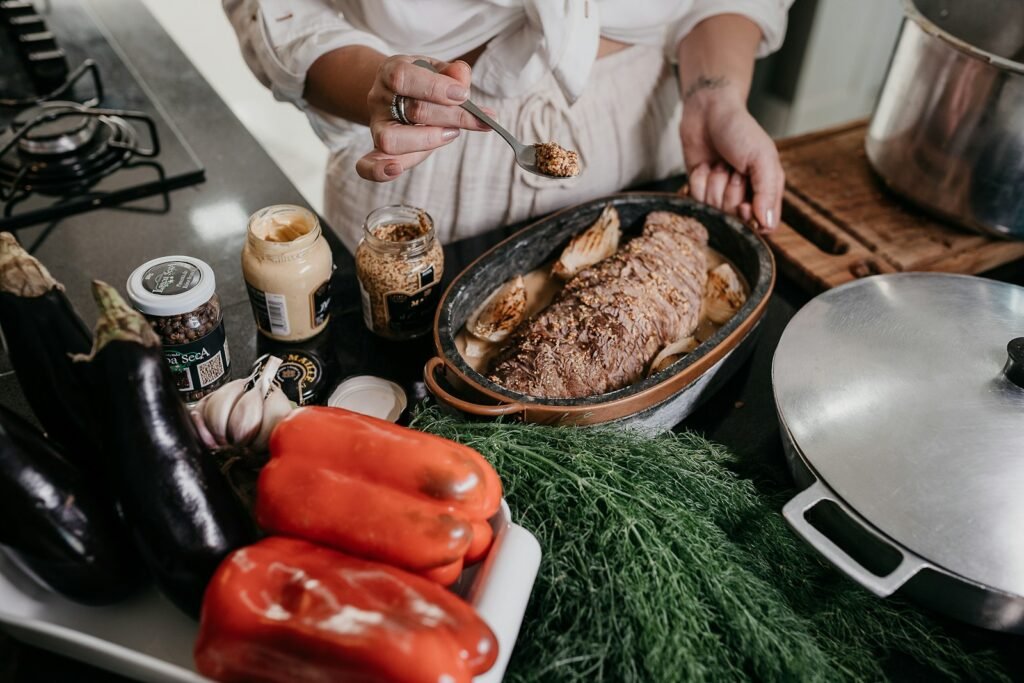
The key is to find what fits your cooking style. If you want easy maintenance, ceramic might be your best bet. For those who enjoy cooking up a storm with heavy-duty equipment, cast iron is the way to go. And if you’re after something in between, anodized aluminum could be perfect.
Whatever you choose, making the switch to non-Teflon cookware is a step towards healthier, more mindful cooking. Happy cooking!

